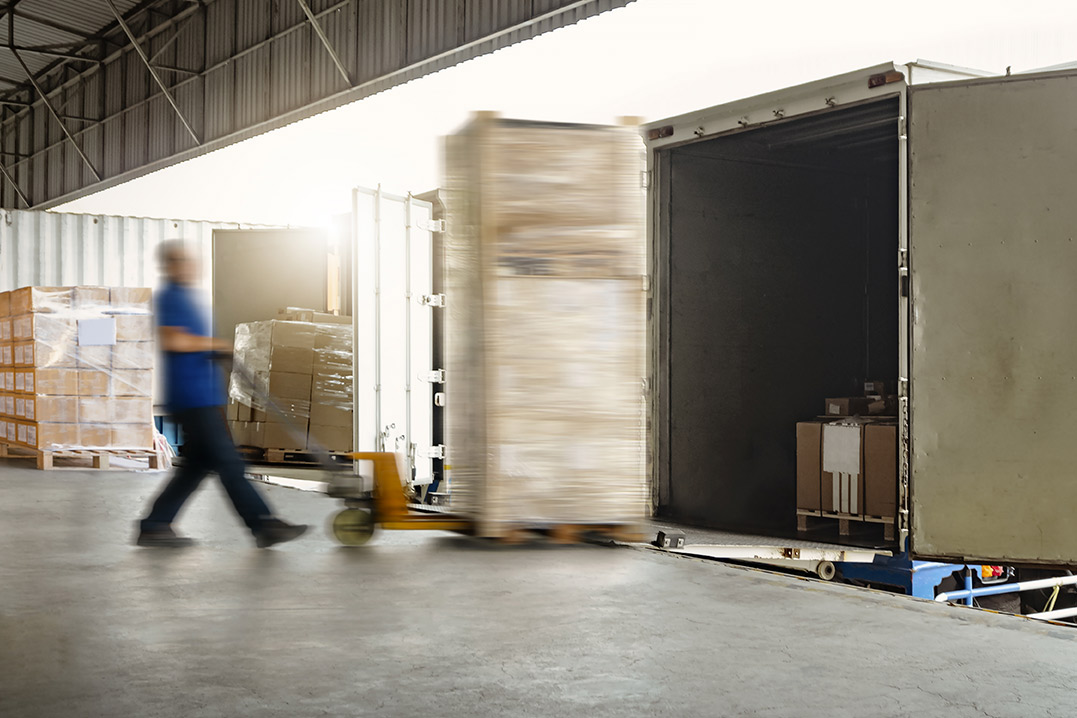Today’s global supply chains face unprecedented uncertainty. With tariff hikes at their highest level in nearly 90 years, increasing regulatory complexity, and persistent economic uncertainty, importers face a perfect storm of supply chain disruptions According to the Office of Supply Chain Services, these disruptions continue to challenge importers and logistics managers and have transformed once-predictable international commerce into a volatile environment where agility and financial flexibility have become essential survival tools.
For importers and global businesses, supply chain resilience is no longer optional but imperative. Companies must maintain profit margins while adapting to constantly shifting conditions, all while preserving cash flow. Those unable to navigate these challenges face severe consequences: disrupted operations, eroded market share, and financial strain from capital tied up in duty payments and inventory.
As markets fluctuate and global events disrupt established logistics patterns, bonded warehousing has emerged as a powerful tool for strategic resilience. By offering flexibility in duties, storage, compliance, and inventory control, bonded warehouses give businesses the breathing room they need to adapt, pivot, and thrive.
At its core, a bonded warehouse provides a secure, customs-regulated facility where imported goods can be stored without immediately paying duties or taxes. This arrangement creates a flexible buffer zone between international shipping and domestic distribution, allowing businesses to better manage cash flow while maintaining secure inventory storage. By understanding how these facilities work, businesses can transform supply chain vulnerabilities into strategic advantages. Let’s explore the top five ways bonded warehousing strengthens your supply chain resilience.
1. Defer Duties to Preserve Capital During Disruptions

One of the key benefits of bonded warehousing is the ability to delay the payment of duties and tariffs until goods are formally released into the domestic market. This feature is especially valuable during slow-moving or uncertain economic conditions.
- When demand stalls or shipment timelines shift, duty deferral allows you to keep cash on hand.
- You don’t pay duties or taxes until you’re ready to distribute or sell the goods domestically.
For importers dealing with high-tariff goods, bonded warehouses can be a game changer. This deferral can significantly improve liquidity and support better financial planning during downturns.
Example Scenario:
| Situation | Without Bonded Warehouse | With Bonded Warehouse |
| Market demand drops unexpectedly | Duties paid upfront | Duties deferred; cash retained |
| Need to delay product launch | Inventory idle, high costs | Inventory stored, no duty burden |
| Capital needed for other expenses | Liquidity issues | Cash preserved for operations |
2. Secure Inventory Without Pressure to Move It

Bonded warehouses offer customs-regulated, long-term storage without penalties or time pressure. This makes them ideal for businesses needing to store goods until the right time, making them a customs free zone where payments are deferred, and goods stored, sometimes for years; whether that’s for seasonality, regulatory approval, or market stabilization.
Bonded warehouses typically fall into two main categories: wet and dry. Wet facilities specialize in storing alcohol and tobacco products, while dry warehouses accommodate most other imported goods. They may be operated either by government customs authorities or by private entities under strict regulatory oversight.
- Goods can remain in bonded storage for up to five years without duty payment, maintaining their “not yet imported” status.
- Businesses can respond to delays or uncertainty without being forced into costly decisions.
This benefit is particularly useful when global logistics slow down or retail calendars shift.
Use Cases:
- Seasonal products (e.g., winter apparel, holiday goods)
- Unforeseen customs clearance delays
- Deliberate market waiting strategies
Storage Advantages:
| Benefit | Result |
|---|---|
| No forced movement | Greater market timing flexibility |
| No duty until withdrawal | Reduced financial exposure |
| Secure, compliant storage | Confidence during disruptions |
3. Re-export Capabilities for Global Pivoting

Sometimes, plans change. A shipment originally intended for the U.S. market may need to be diverted to another country. With bonded warehousing, goods can be re-exported without ever incurring U.S. duties.
- Perfect for multinational operations or drop-shipping models.
- Supports global agility by allowing goods to flow where they’re most needed.
Bonded warehouses play an important role in international inventory management by allowing duty-free redirection.
Global Scenario:
| Action | Without Bonded Storage | With Bonded Storage |
| Shipments redirected to Europe | Duties paid then re-export costs | No U.S. duties; direct re-export |
| U.S. demand drops | Financial loss from import taxes | Flexibility to pivot internationally |
This capability protects your supply chain from being locked into one geographic market.
4. On-Site Value-Added Services Enhance Flexibility
Many bonded warehouses, like those operated by CTC Distributing, offer value-added services within the bonded zone. This means your goods can be:
- Repackaged
- Relabeled
- Sorted
- Assembled
…without triggering duty payments.
This is especially useful when compliance requirements change mid-shipment, or when different retailers have unique packaging or labeling needs. It also allows businesses to respond to evolving customer preferences or regulations, and have stock in supply.
Examples of Value-Added Flexibility:
| Service | Benefit |
|---|---|
| Repackaging | Align with retailer or country specs |
| Relabeling | Update for regulatory compliance |
| Sorting | Split shipments for multiple destinations |
| Light assembly | Add accessories or modify components |
These services increase efficiency and reduce turnaround time, without customs complications.
5. Acts as a Buffer for Supply Chain Disruptions
A bonded warehouse isn’t just storage. It’s a strategic buffer. The ability to hold inventory without incurring immediate duty costs creates a strategic buffer that enhances supply chain resilience. This action reduces the risk of:
- Port congestion
- Border delays
- Regulatory holdups
- Unpredictable freight schedules
This buffer enables supply chain continuity even when global logistics slow down.
How It Buffers Disruptions:
| Disruption Type | Bonded Warehouse Advantage |
|---|---|
| Port congestion | Inventory already inland and accessible |
| Border compliance delays | Inventory held securely during review |
| Seasonal fluctuations | Stock stored until needed |
| Freight cost spikes | Goods held until rates normalize |
When supply chains are stretched thin, having goods on U.S. soil, but not yet in the domestic market, can make all the difference.
Why CTC’s Bonded Warehousing Is Built for Today’s Challenges
CTC Distributing offers bonded warehousing solutions designed for the modern importer. Here’s why businesses across Texas and the Gulf Coast rely on them:
- Strategic Location
Located in Texas, CTC offers rapid access to border crossings, Gulf ports, and major highways, reducing turnaround time. - Tailored Solutions
CTC doesn’t just store goods, they offer a partnership approach, building custom solutions for your unique needs. - Secure and Compliant
Facilities are U.S. Customs-approved, equipped with advanced security, and managed by compliance experts. - Integrated Services
From bonded to contract warehousing, CTC provides end-to-end logistics support, including pick-and-pack, labeling, and more.
Make CTC Bonded Warehousing a Resilience Strategy
As volatility becomes the norm in global logistics, supply chain managers must adopt tools that reduce risk, increase agility, and control costs. Bonded warehousing isn’t just a storage solution; it’s a strategic asset for long-term resilience. CTC Distributing is ready to help you implement bonded warehousing as part of your supply chain strategy.
From deferring duties to re-exporting goods, adding value on-site, and buffering disruptions, CTC Distributing will help you navigate unpredictable conditions with confidence. Connect with us today to assess your supply chain risk and explore bonded warehousing solutions built for the challenges of tomorrow.





